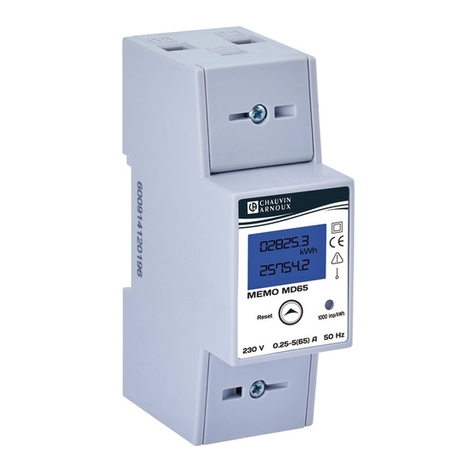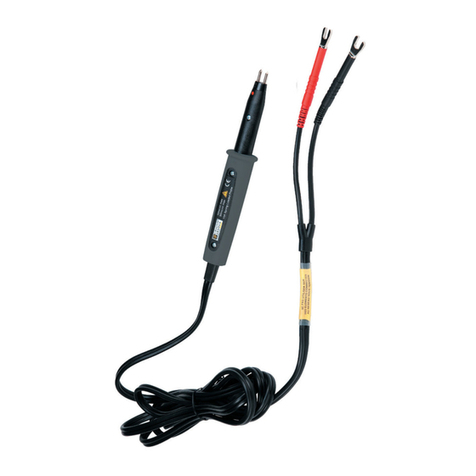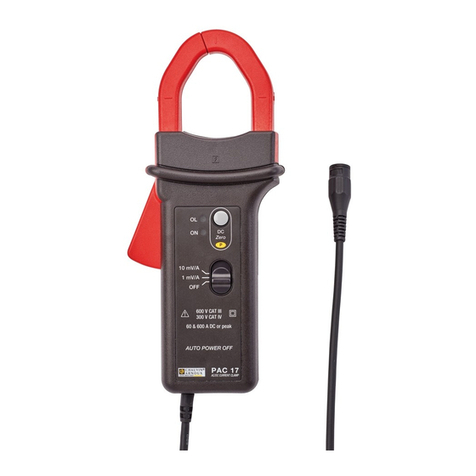Chauvin Arnoux 6250 User manual
Other Chauvin Arnoux Measuring Instrument manuals
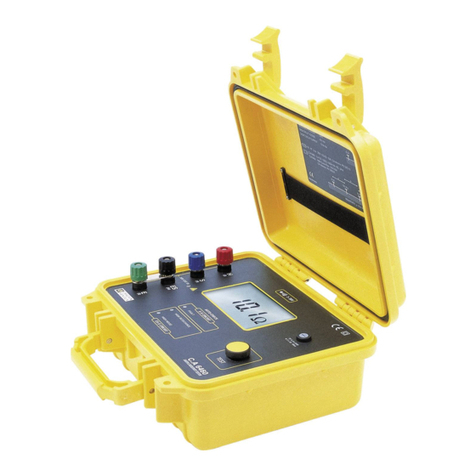
Chauvin Arnoux
Chauvin Arnoux C.A 6460 User manual

Chauvin Arnoux
Chauvin Arnoux PAC 11 User manual
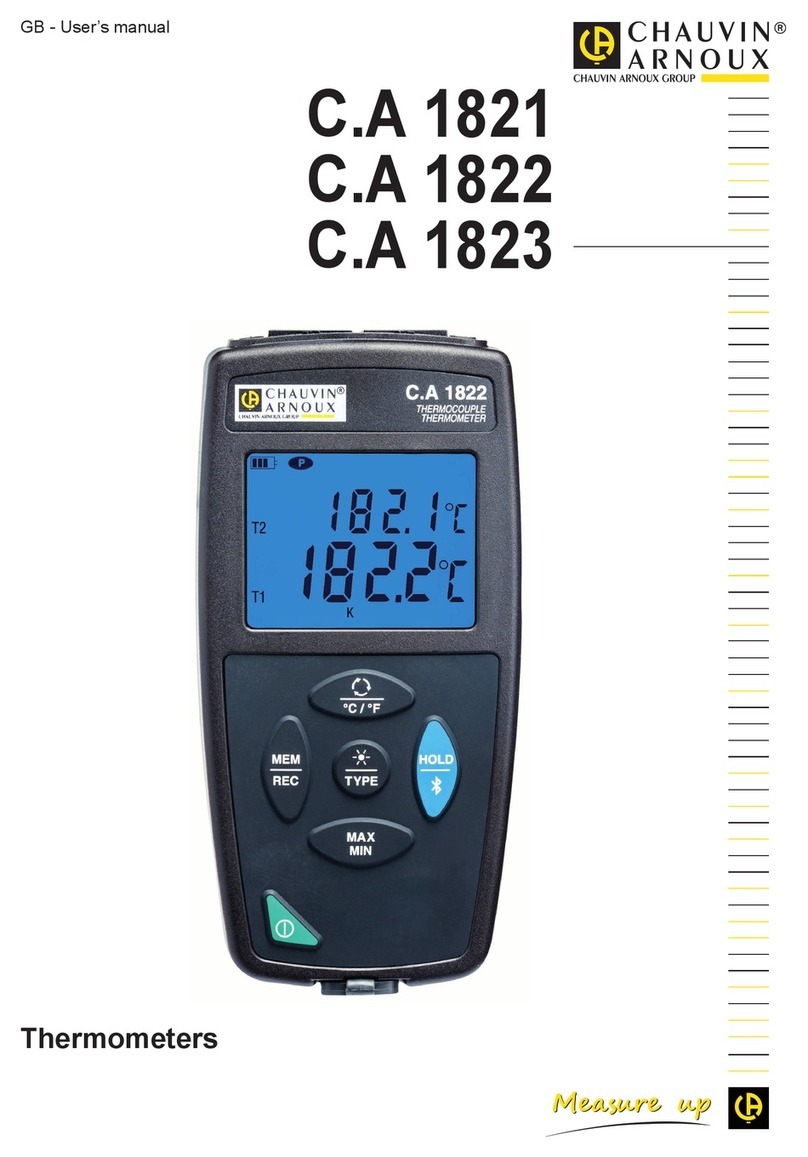
Chauvin Arnoux
Chauvin Arnoux C.A 1821 User manual
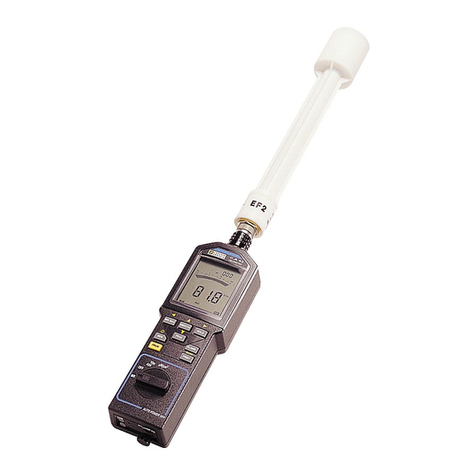
Chauvin Arnoux
Chauvin Arnoux C.A 43 User manual

Chauvin Arnoux
Chauvin Arnoux E25 User manual
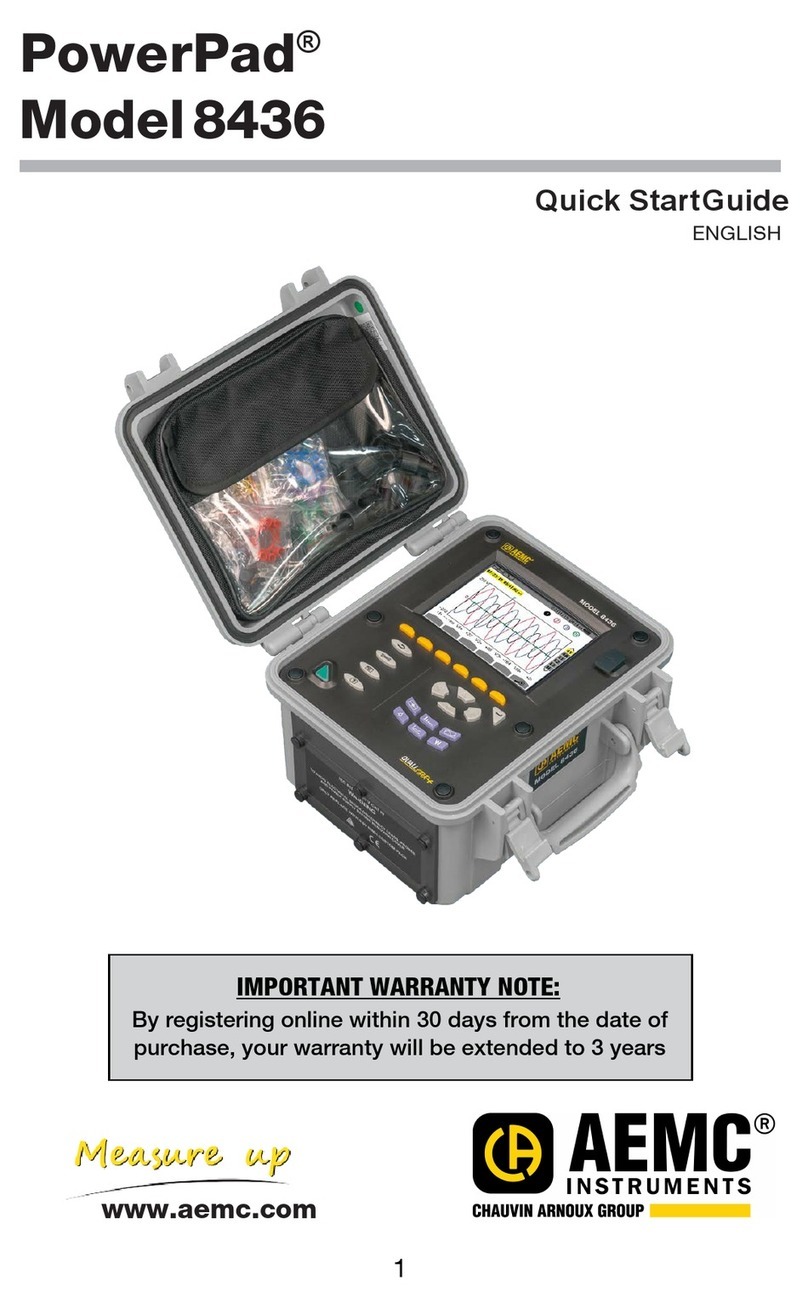
Chauvin Arnoux
Chauvin Arnoux AEMC PowerPad 8436 User manual
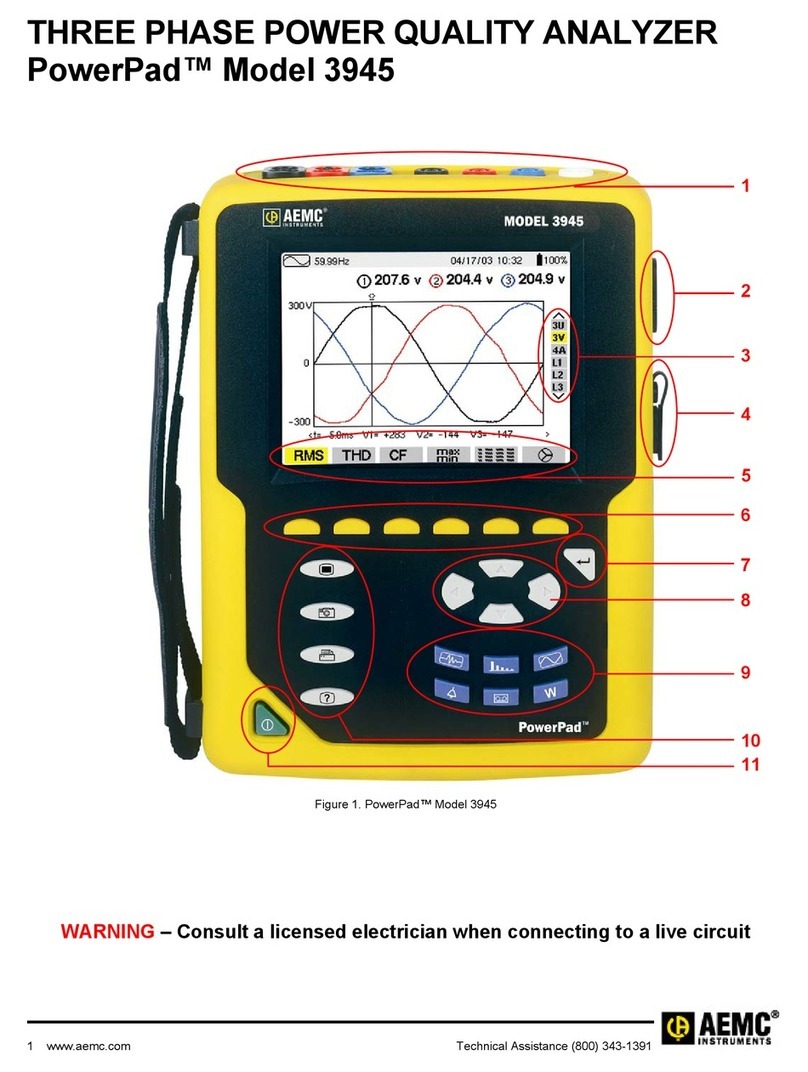
Chauvin Arnoux
Chauvin Arnoux AEMC PowerPad 3945 Installation guide
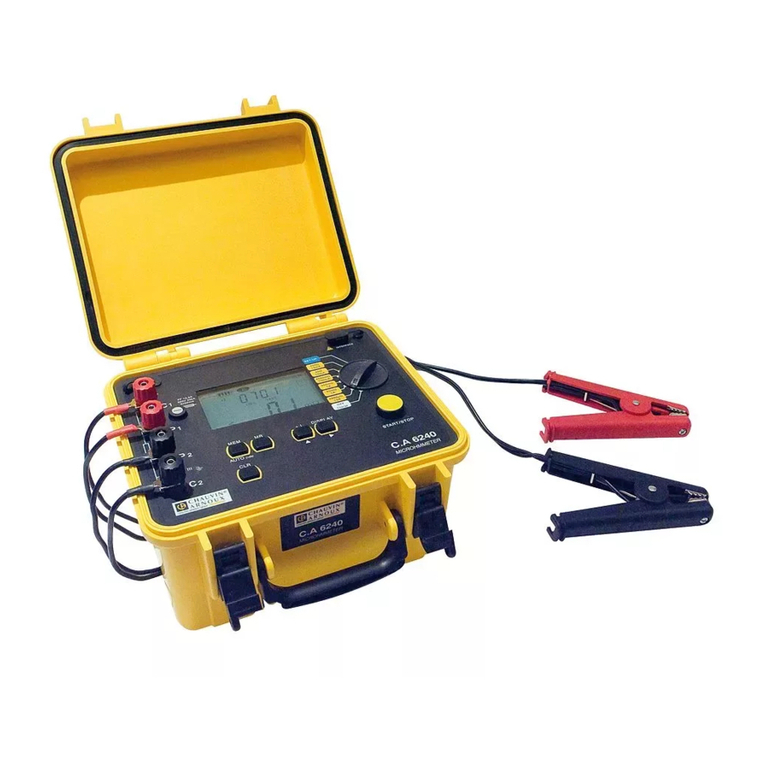
Chauvin Arnoux
Chauvin Arnoux C.A 6240 User manual
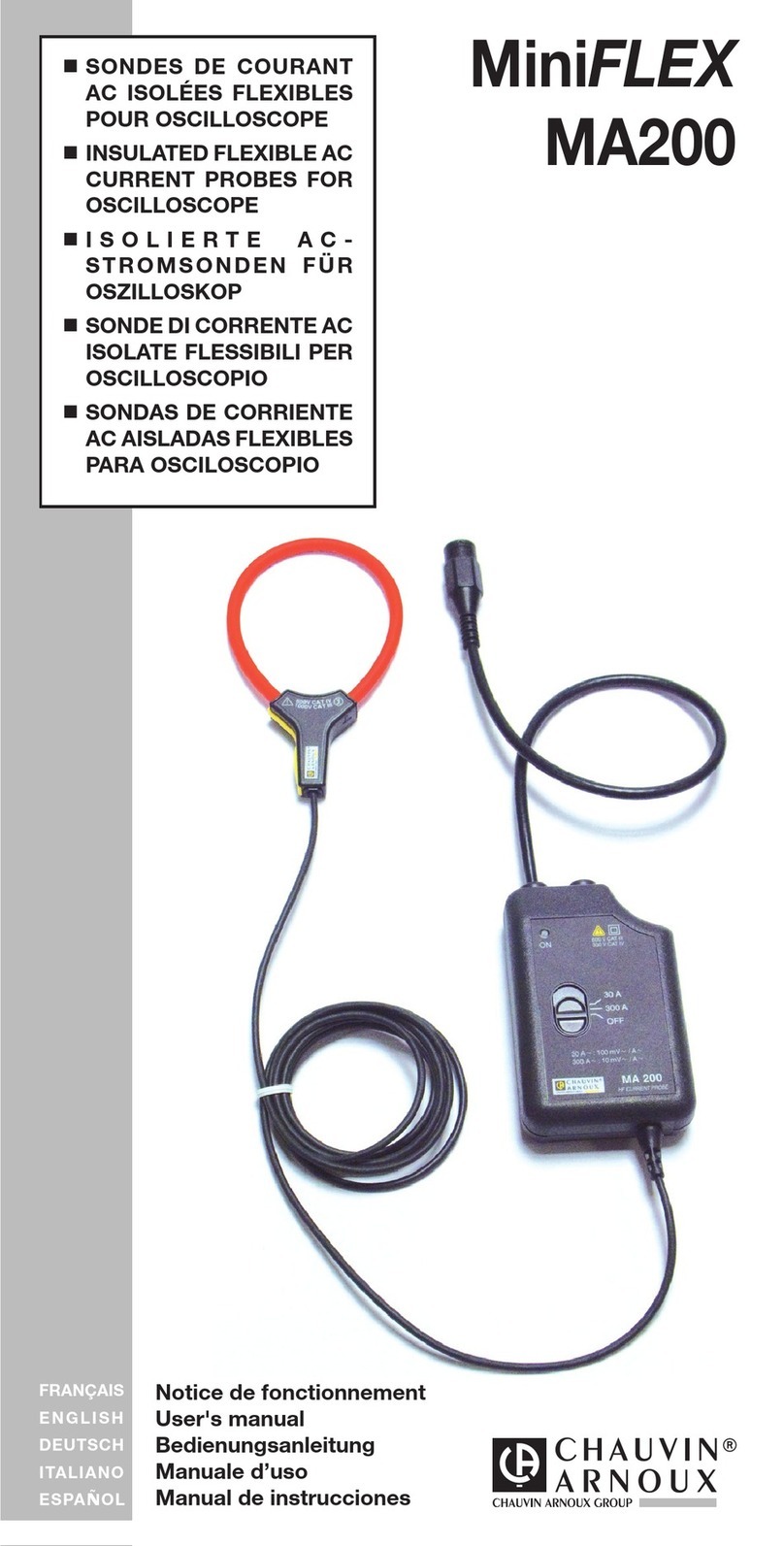
Chauvin Arnoux
Chauvin Arnoux MiniFLEX MA200 User manual
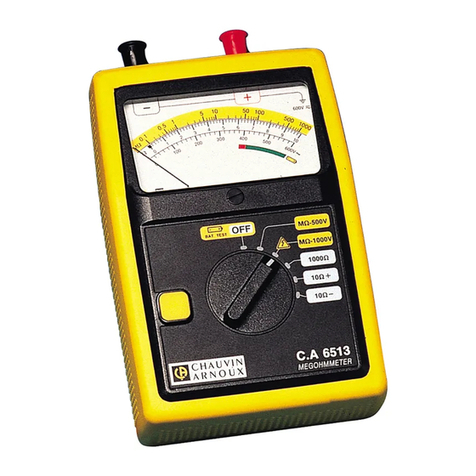
Chauvin Arnoux
Chauvin Arnoux C.A 6511 User manual

Chauvin Arnoux
Chauvin Arnoux CA 1730 User manual

Chauvin Arnoux
Chauvin Arnoux ULYS FLEX MODBUS User manual
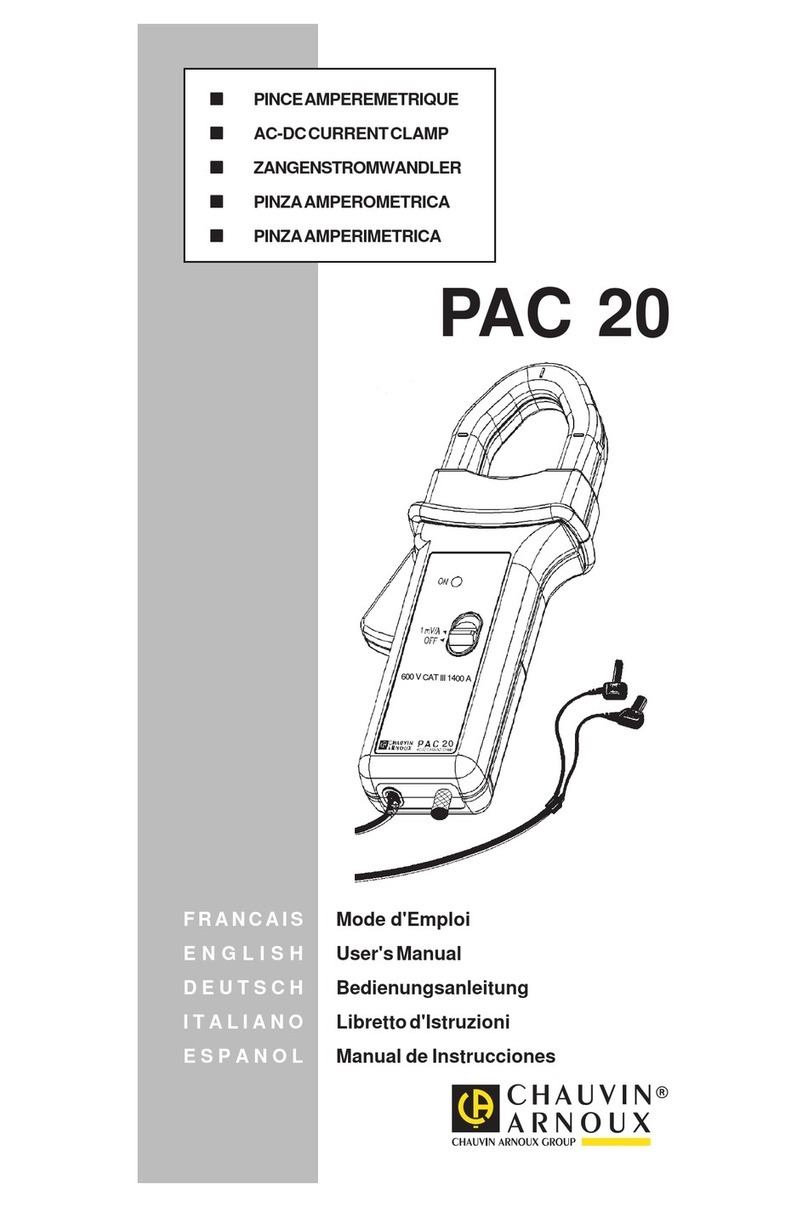
Chauvin Arnoux
Chauvin Arnoux PAC 20 User manual
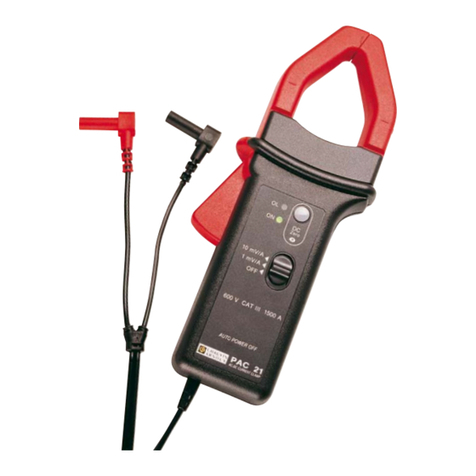
Chauvin Arnoux
Chauvin Arnoux PAC 21 User manual
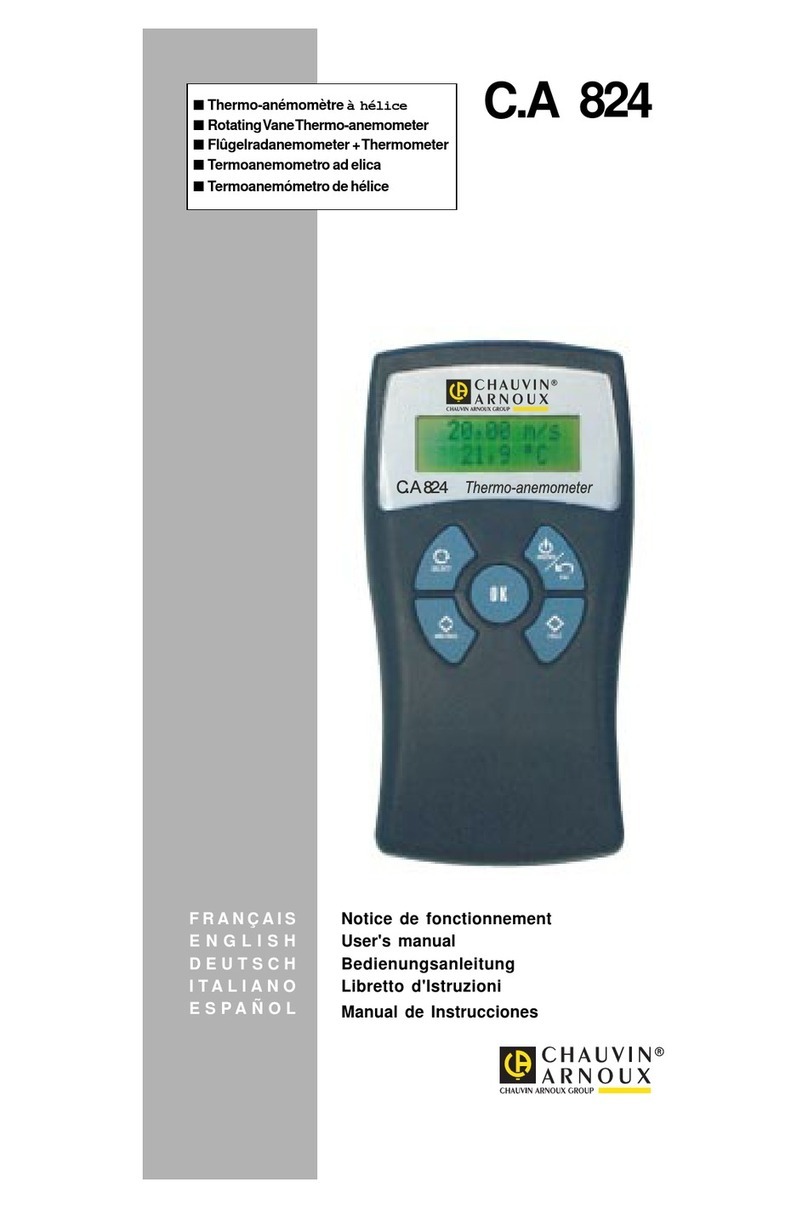
Chauvin Arnoux
Chauvin Arnoux C.A 824 User manual
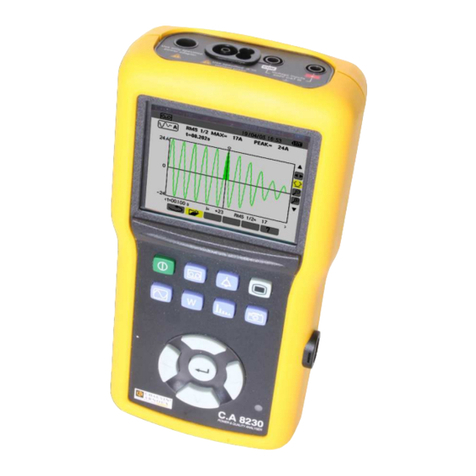
Chauvin Arnoux
Chauvin Arnoux C.A 8230 User manual
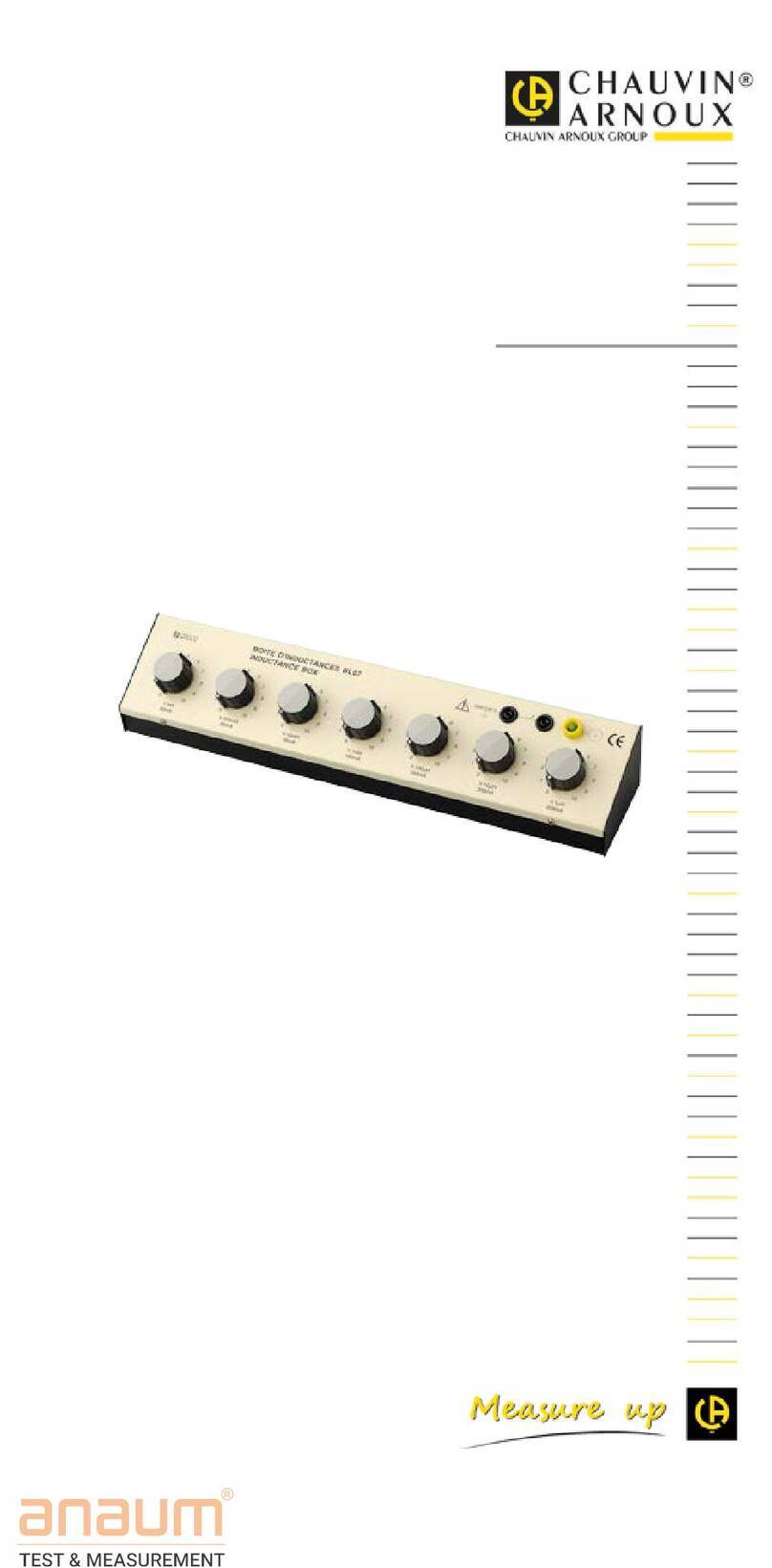
Chauvin Arnoux
Chauvin Arnoux BR04-05-06-07 User manual
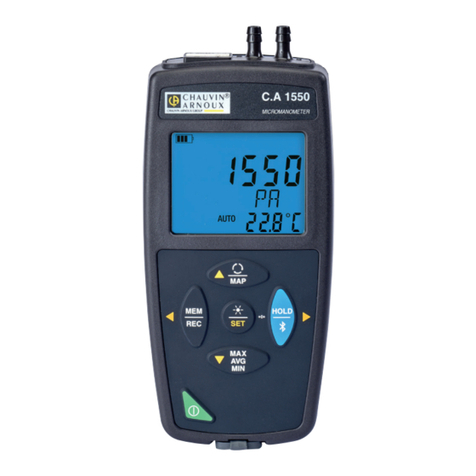
Chauvin Arnoux
Chauvin Arnoux C.A 1550 User manual
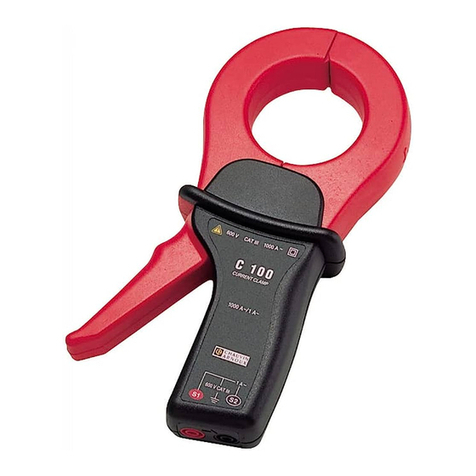
Chauvin Arnoux
Chauvin Arnoux C1 Series User manual
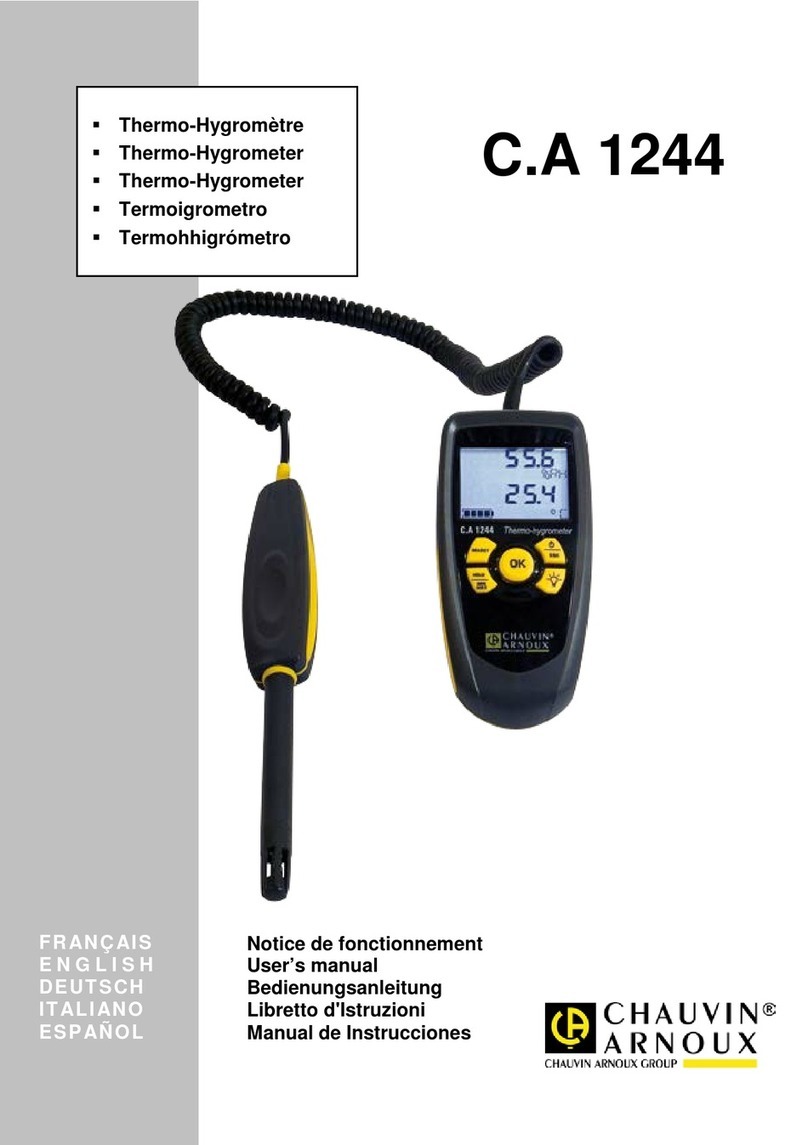
Chauvin Arnoux
Chauvin Arnoux C.A 1244 User manual
Popular Measuring Instrument manuals by other brands

Powerfix Profi
Powerfix Profi 278296 Operation and safety notes

Test Equipment Depot
Test Equipment Depot GVT-427B user manual

Fieldpiece
Fieldpiece ACH Operator's manual

FLYSURFER
FLYSURFER VIRON3 user manual

GMW
GMW TG uni 1 operating manual

Downeaster
Downeaster Wind & Weather Medallion Series instruction manual

Hanna Instruments
Hanna Instruments HI96725C instruction manual

Nokeval
Nokeval KMR260 quick guide

HOKUYO AUTOMATIC
HOKUYO AUTOMATIC UBG-05LN instruction manual

Fluke
Fluke 96000 Series Operator's manual

Test Products International
Test Products International SP565 user manual

General Sleep
General Sleep Zmachine Insight+ DT-200 Service manual
